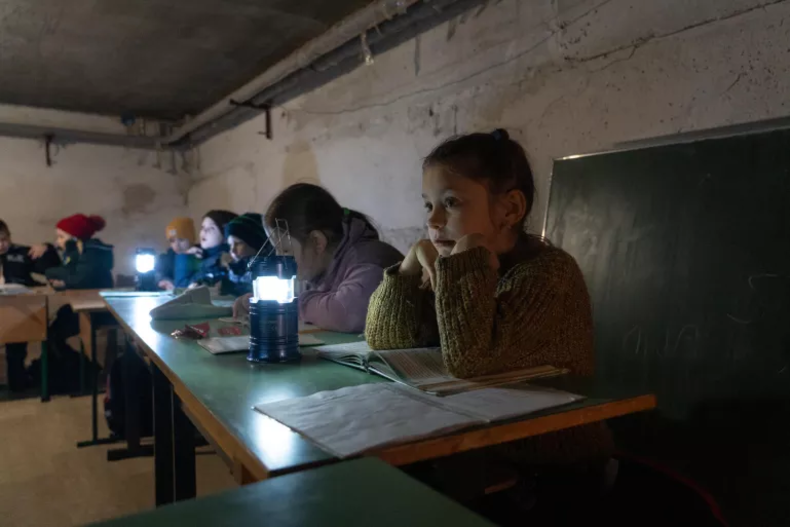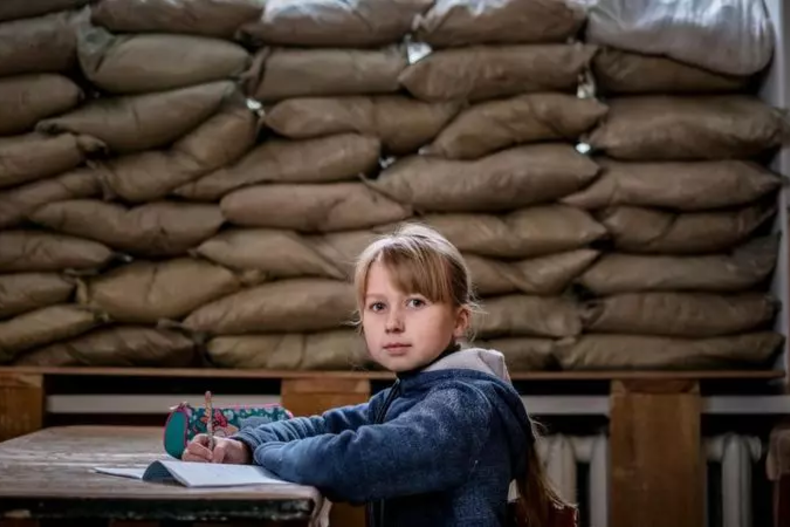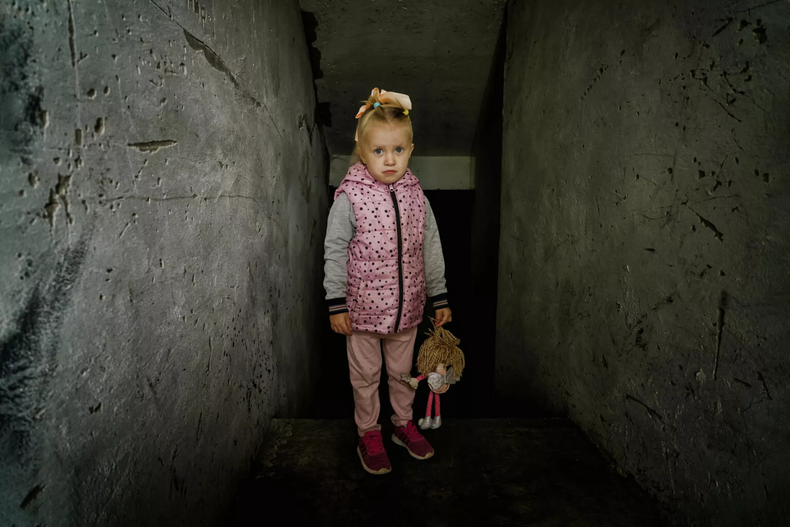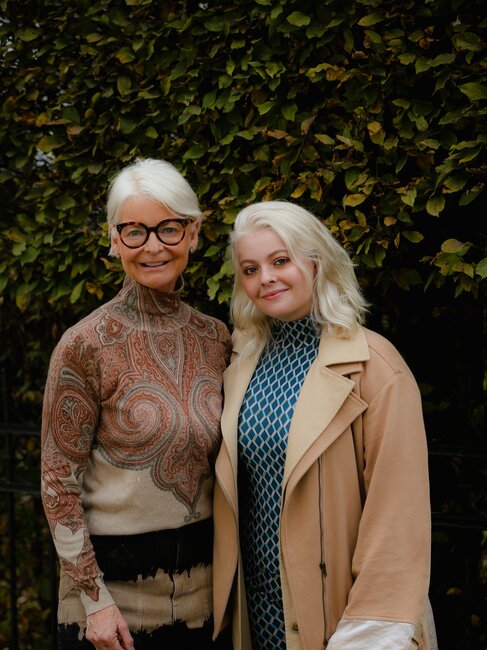

At the time of the Russian full-scale invasion of Ukraine lies a deeply entrenched crisis that often goes unnoticed: the decimation of the nation's education system.
As the war continues, millions of young people find themselves coping with delayed education, an issue further aggravated by the ongoing repercussions of the COVID-19 pandemic and the scars left behind by previous wars and turmoils.
The UNICEF figures present a bleak picture, revealing that since beginning of Russian invasion over 5.3 million children have been pushed into the midst of educational turmoil, facing problems that threaten to derail their futures.

The devastation brought upon educational institutions is staggering, with almost 4.000 educational institutions damaged, particularly in the war-torn eastern regions of Zaporizhzhia, Donetsk, Kharkiv, and Kherson.
At the start of the second school year during the war, there were expected to be 2.3 million students enrolled in traditional classrooms, up from 1.3 million students the previous year.
Yet according to the organisation “Save the Children”, the estimates by Ukraine's Ministry of Education indicated that 1.7 million kids, or 42%, will only have restricted access to in-person instruction.

“For the children of Ukraine, the trauma of conflict has become an indelible aspect of their daily lives, with continuous disruptions to their education for over two harrowing years,” says Ann Kathrin Linsenhoff, who herself visited Kyiv and Bucha later this March.
“The enduring exposure to violence and instability has inflicted substantial damage, leading to notable declines in literacy and educational achievement.”

Approximately half of Ukraine's school-age children continue to fight the chaos, attending in-person classes where possible. Others have sought refuge in remote learning programs, either from safer locales within the country or from beyond its borders, concluding in total over 830,000 school-age children based in foreign countries.
Yet, for thousands residing in frontline areas or occupied territories, the pursuit of education remains a perilous endeavour, overshadowed by the constant spectre of danger and deprivation.
Additionally, the education ministry in Kyiv says that over 67,000 children in Russian-occupied territories are enrolled virtually at Ukrainian schools.

However, today, another of the most pressing concerns is the absence of bomb shelters in schools — a glaring deficiency that imperils the safety of children and educators alike.
To address this issue, the Ukrainian government has embarked on a concerted effort to construct and refurbish bomb shelters.
A total of 4,000 shelters are yet to be built or refurbished in schools across the country, mostly in Kherson, Odesa, Kharkiv and Dnipro regions, where the threat of air strikes is highest.

“Yet, assistance is required not just within Ukraine, but also across Europe, particularly regarding the swift integration of Ukrainian refugees,” underlines Ann Kathrin Linsenhoff.
According to UNICEF, several key challenges, such as shortages of classrooms, materials, and teachers, language barriers, financial limitations, and occasionally, a lack of knowledge on integrating refugee children into schools, have posed significant obstacles in establishing an inclusive education system.

While the spectre of war looms large over Ukraine's educational landscape, there exists a glimmer of hope — a beacon of resilience amidst the rubble.
By prioritising education and investing in its infrastructure and support systems, we can pave the path towards a brighter future, one where the children of Ukraine can reclaim what is rightfully theirs — a childhood.
Yours
sincerely

